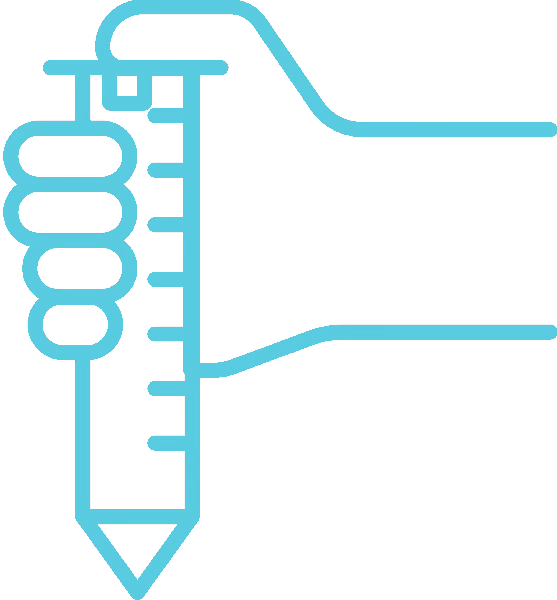Anaphylaxis
Anaphylaxis is best described as a severe allergic reaction to a foreign object entering the body through either inhalation, absorption, injection or swallowed.
This can includes things like perfume, pollen, shellfish to name a few.
When the brain identifies the object and decides that it should not be in the body it releases a chemical, histamines to counteract it.
The brain can choose to give enough histamines to deal with the either poison or the entire body. If it chooses the latter, then the body has an allergic reaction to the overdose of histamines.
So someone with hay fever will produce slightly to many histamines which is why they take antihistamines to counteract the affects.
Symptoms of Anaphylaxis
Someone suffering from anaphylaxis can have one or all of the below:
- Swollen eyes, lips, hands, feet and other areas
- A strange metallic taste in the mouth
- Sore, red, itchy eyes
- Pulsating heart rate
- A sudden feeling of extreme anxiety
- Itchy skin or nettle-rash (hives)
- Unconsciousness due to low blood pressure
- Abdominal cramps, vomiting or diarrhoea
- Nausea and fever
 Treating Anaphylaxis
Treating Anaphylaxis
If the casualty has an epipen you should:
- Use the back of your hands to check pockets
- Remove safety cap
- Inject through clothing into the thigh1
- Call 999/112
- If breathing normally, place into safe airway position
- Monitor closely – prepare to resuscitate
A casualty cannot overdose on adrenaline so if they show no signs of improvement after a couple of minutes, it’s safe to inject another epipen into the other thigh.
1 Epipens are single use so ensure you stab into thigh and count to 10. As you remove the epipen the needle will be self-contained in the casing.
Version: Version: 1.00
